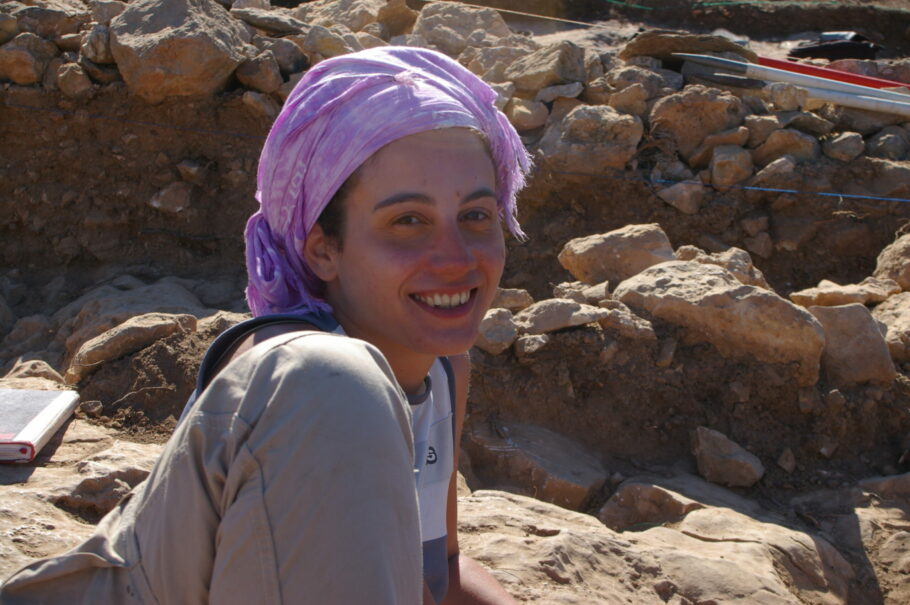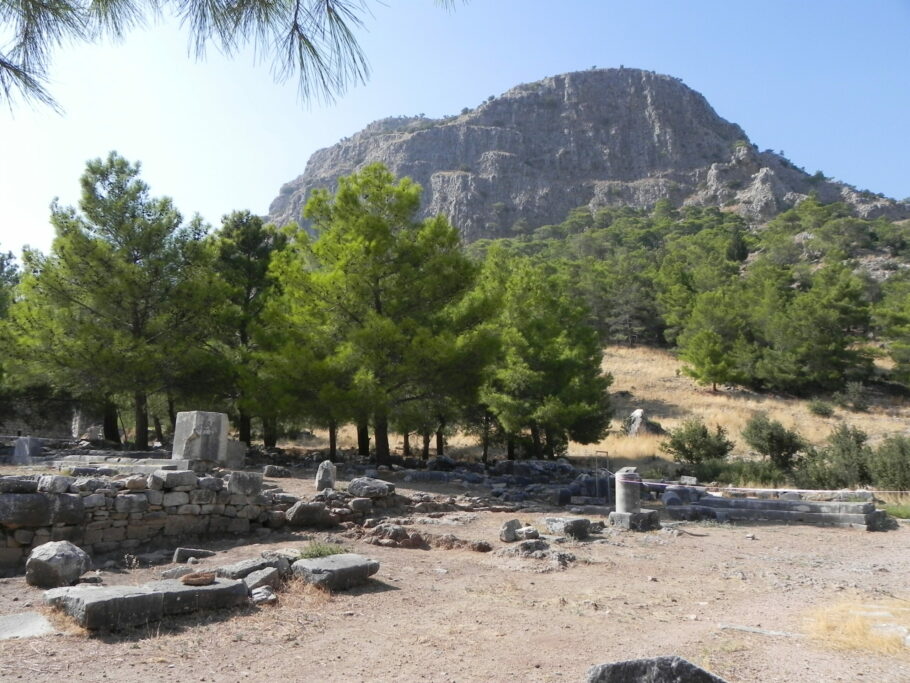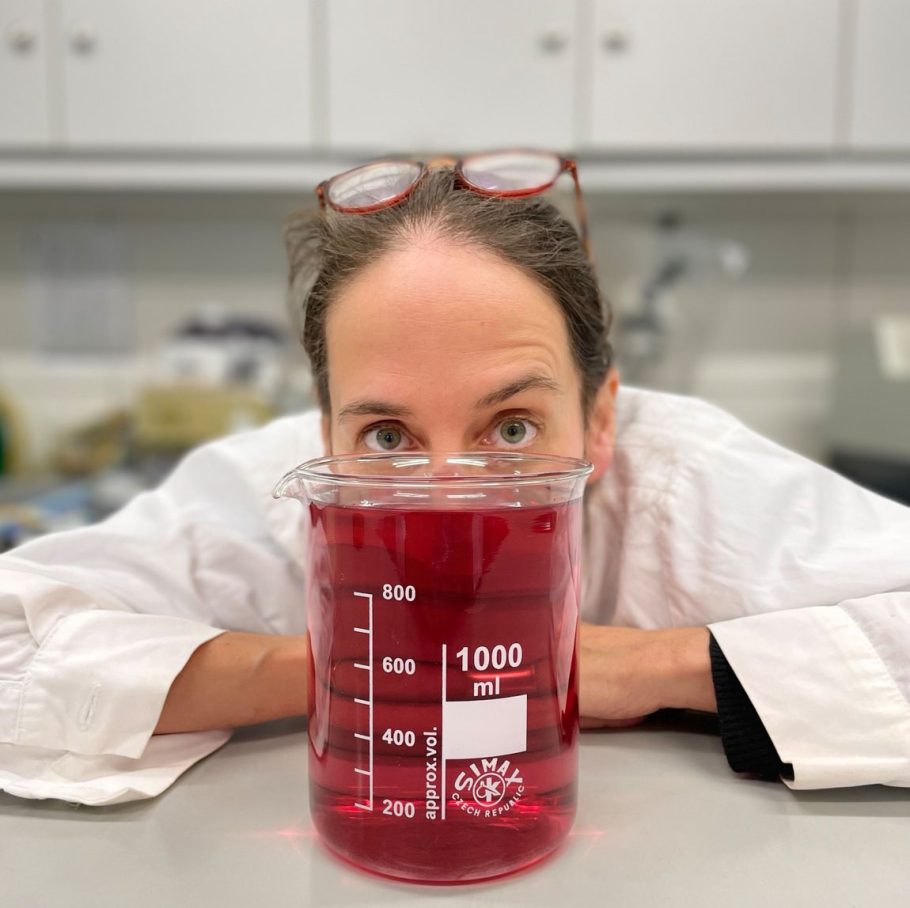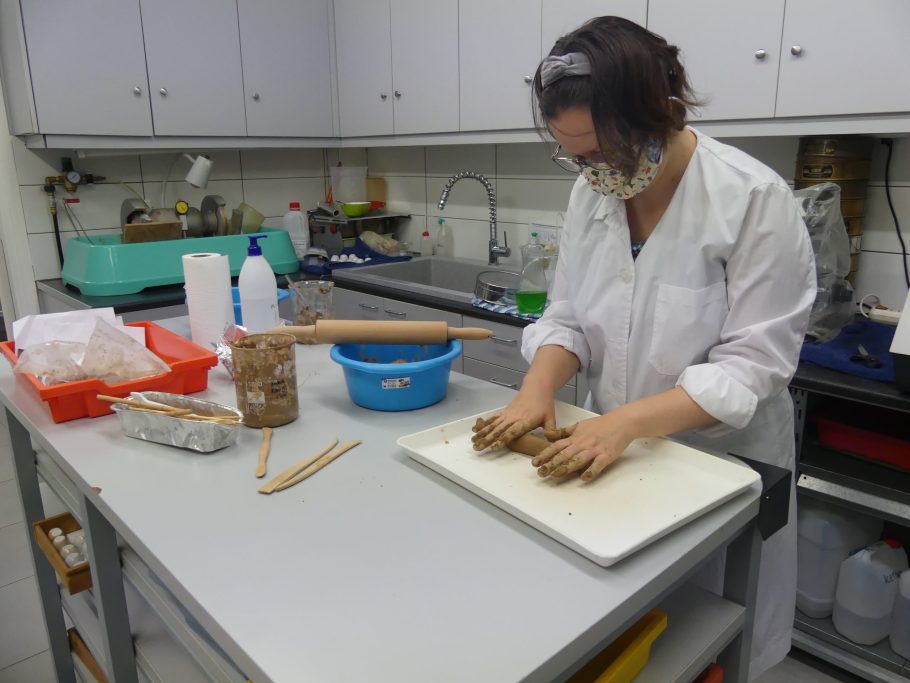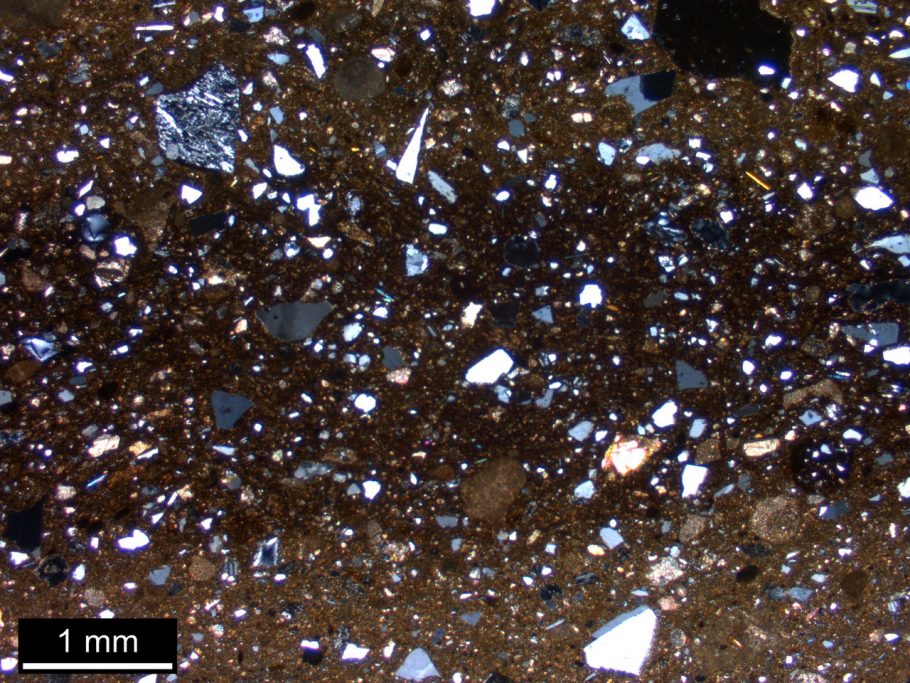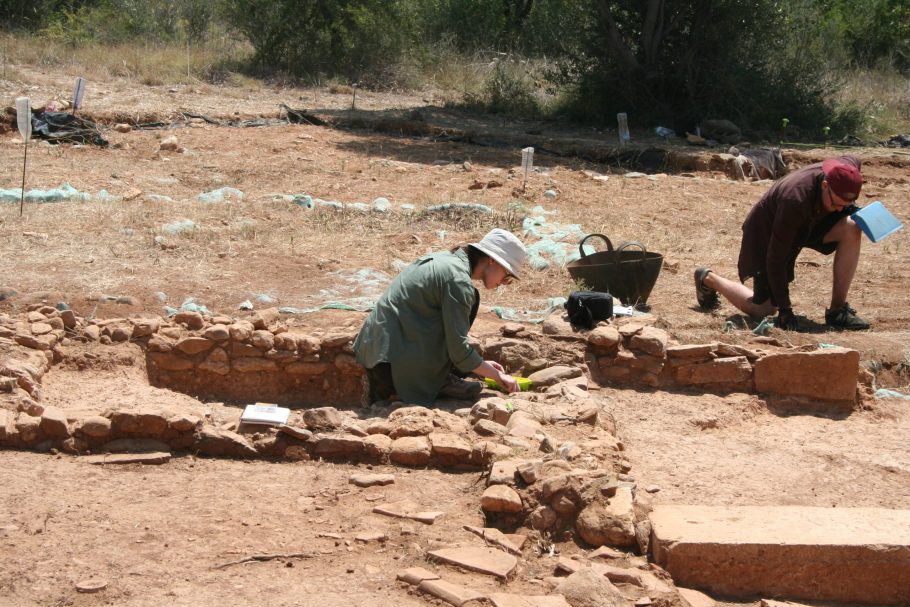Archaeology, philology and science: a case of productive synergy from the Cretan Late Bronze Age
John Bennett shares with us a post on one of the first projects conducted at the Fitch Laboratory, a study of Inscribed Stirrup Jars, and how it impacted our broader understanding of Linear B
